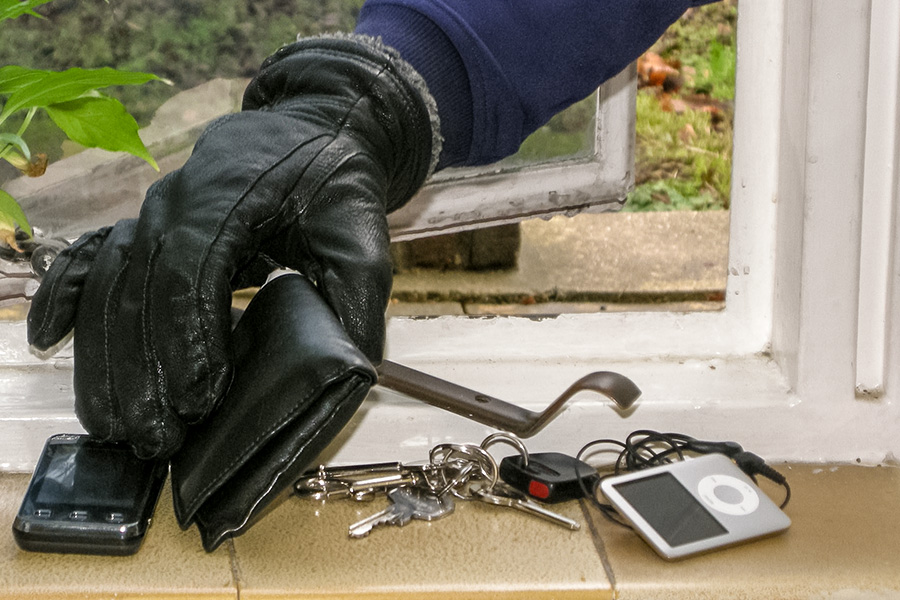Protecting Your Vehicle

A lot of crime is against cars, motorbikes and bicycles, and includes the theft of vehicles, theft from vehicles and vehicle damage.
It can take as little as 10 seconds for a thief to steal something from your vehicle.
The best way to protect your belongings is to lock the vehicle up whenever you leave it and remove everything; don’t even leave a jacket where it can be seen.
When out and about
- Always park in well-lit areas in full public view.
- Park your car in an attended car park, or look for public car parks.
- Look out for car parks approved by the police Safer Parking scheme or approved by the Park Mark scheme.
- When leaving your car, close all windows, and lock your car, then try your car doors to ensure it is locked.
- Remove sat nav holders and visible sat nav ring marks from windscreens.
At home
- Keep your keys away from doors and windows, and tucked away out of sight because thieves can break into homes or use wires and hooks to gain access to your vehicle’s keys.
- Store bikes in a secure place.
- When parking at home use your garage if you have one, or park in a well-lit area.
- Remove sat nav holders and visible sat nav ring marks from windscreens.
Additional deterrents
- Install an alarm and immobiliser if one is not pre-installed.
- Use secure (theft resistant) number plates.
- Have your vehicles windows etched with the registration number.
- Have motorbikes etched with vehicle identification number and bicycles security marked.
Catalytic Converter theft
Did you know that catalytic converter theft is one of the fastest rising crimes in the UK? Don’t let criminals profit.
Protect your vehicle if you don’t have access to a garage:
- Find out where your catalytic converter is located on your car, then park with that end of the vehicle against a wall
- If parking in a public car park, consider parking alongside other cars as well as a wall
- Avoid parking your vehicle half on the pavement and half on the road, as this makes it easier to get under a car
- If your catalytic converter is bolted on, you can ask for your local garage to weld the bolts to make it more difficult to steal
- You can etch a serial number on the converter so that if it is recovered, we can get your catalytic converter back to you
- You can purchase a ‘cage clamp’ which is a device that locks in around the converter to make it more difficult to remove
- Speak to your dealership or garage about the possibility of adding a tilt sensor that will activate the alarm should any thief try to jack the vehicle up to steal the converter
- Report anyone acting suspiciously under a vehicle, with as much information as possible, including any vehicle registrations.
Bike Security Awareness
Register: Security mark your bike and register it on BikeRegister and Immobilise. This helps police identify stolen property easier and return it to it’s rightful owner.
Record: Make sure to record the serial number of your bike, because if it is lost or stolen it will be easier to distinguish as your property if recovered. You may also want to make a note of any unique features (such as non-standard parts), or any places where there is wear, which can help to identify it as yours.
Lock: Use good quality locks. Expensive bikes with poor quality locks will often be targeted as it takes minimal effort for thieves to remove them. Use at least two good quality locks, one of which should be a D-Lock, and the bicycle should be secured as close as possible to a cycle stand (preferably in the view of CCTV). One lock should be secured around the front wheel, and the other should be secured around the rear wheel and frame.
Remove: Make sure you remove any parts which are detachable, such as lights, helmet, saddle; store them somewhere secure.
Act: If your bike is stolen, please report this to the police as soon as possible. The sooner the police are aware, the higher the chances of the bike being recovered and returned to you.
For more advice
Head back to the Crime Prevention page to find more advice and tips.
